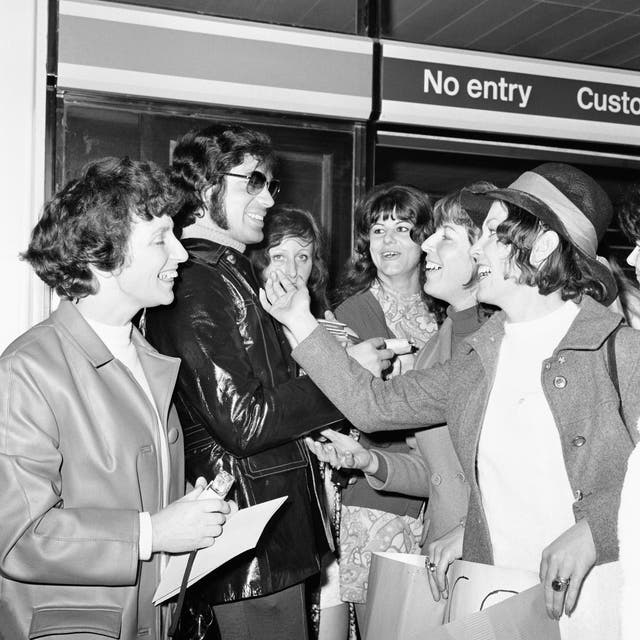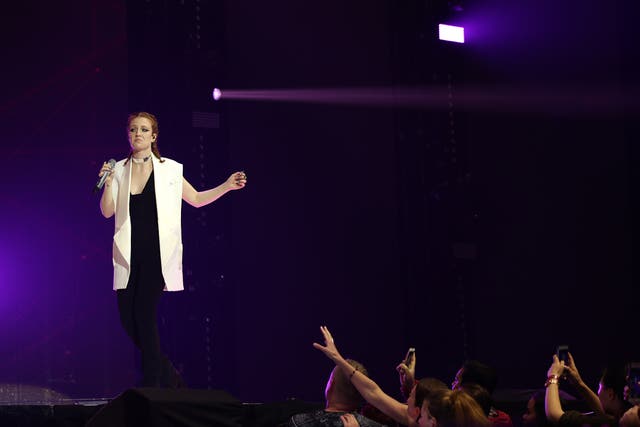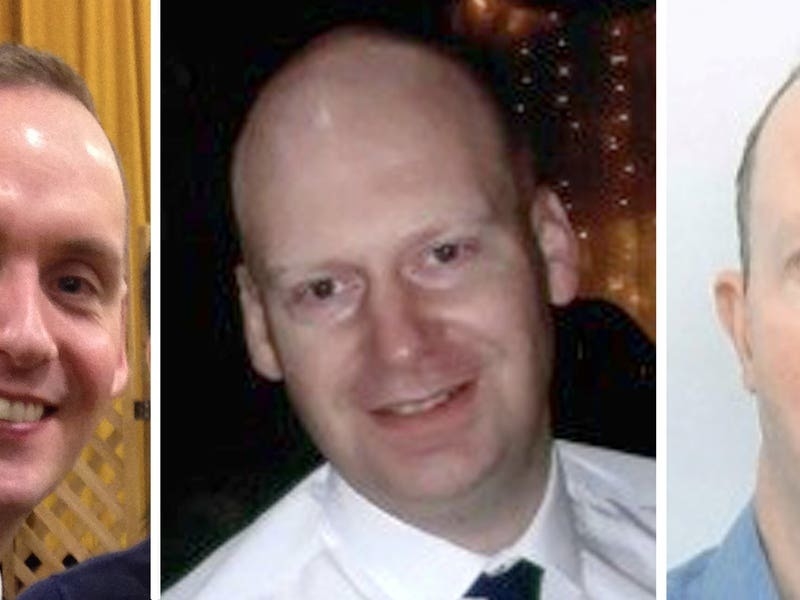The PA news agency analysed 10 characteristics of each of the 1,404 number one UK singles from 1952 to the present day.
Here are the main findings:
– Key
Number one hits in minor keys were rare in the early years of the chart, the first being Mambo Italiano by Rosemary Clooney in January 1955.
From 1952 to 1977 there were just 25 minor-key chart-toppers, 6% of the total, and in 14 of those years there were none.
A change came in 1978 (21% in minor keys) and 1979 (39%), coinciding with the emergence into the mainstream of genres like reggae, disco and electronic music.
Since then, songs in minor keys have made it to the top spot every year, though there have been only three occasions when they have outnumbered those in major keys, all of them recent: 2019 (58%), 2020 (55%) and 2022 so far (55%).

Until the late 1950s almost every number one came to an abrupt halt. Then a trend began for songs to use a fade-out, which appeared on more than half (52%) of all number ones by 1965 and reached a massive 93% in 1971.
The level stayed high for the next few years, hitting a full 100% in 1983. The trend was then downwards, falling below 50% in 1991 and hitting zero in 2011.
Since then only 23 number ones have ended with a fade and there have been none so far this year.

Songs with a strict four beats in a bar have not always been common: in 1953 36% of number ones were in waltz time, along with 21% in 1967, such as The Last Waltz by Engelbert Humperdinck.
But anything other than 4/4 time is now rare: there have been only 13 examples in the UK so far this century. The most recent was the version of You’ll Never Walk Alone by Michael Ball and Captain Tom Moore in April 2020.
The last number one in strict 3/4 time was Changes by Ozzy and Kelly Osbourne in December 2003.

The average speed, or tempo, of number ones increased from 99 beats per minute (BPM) in 1953 to 137 in 1957 with the arrival of rock and roll. There was another spike in 1963, at 133 BPM, driven by the success of The Beatles, Gerry And The Pacemakers and other British guitar groups.
The average then began to fall, reaching 98 BPM in 1975 thanks to slow-moving ballads such as Sailing by Rod Stewart and I’m Not In Love by 10cc.
There were signs of a revival in the early 1980s, with BPM reaching 122 in 1982, but this was short-lived. Since then the average has remained mostly in the low 100s, though there was a one-off drop to 92 BPM in 2017, due mainly to songs by Harry Styles and Ed Sheeran.

The average length of a chart-topper passed three minutes for the first time in 1967 and four minutes in 1984.
It peaked at an average of four minutes and 16 seconds in 1997, thanks to songs like The Drugs Don’t Work by The Verve (five minutes and two seconds) and D’You Know What I Mean? by Oasis (a massive seven minutes and 21 seconds), but since then has fallen back, dipping as low as three minutes and seven seconds in 2019.

Solo artists dominated the top spot for much of the 1950s, but in 1963 slumped to just 11% of number ones with the rise of British guitar groups.
Since then solo acts have rarely managed to make it above 50%, with groups, duos or other collaborations scoring the majority of number ones.
There has been a slight resurgence in recent years, including 2015, when soloists accounted for 61% of chart-toppers, thanks to the likes of Justin Bieber, Adele and Jess Glynne.

Nearly half (43%) of number ones in 1953 had a key change, but by 1959 it had fallen to a third (33%) and dropped further as years went on.
The first full year with no key changes whatsoever was 1993. There was a brief rally in the early noughties, spearheaded by Westlife, who used it on 10 of their 14 number one hits.
But only one chart-topper in the past nine years has deployed a key change: the cover version of You’ll Never Walk Alone in April 2020.

There have been no years where exclusively female acts have had the majority of number ones, and only one year when they have managed to reach 50%: 1998, thanks to the likes of All Saints, B*witched, Cher and the Spice Girls.
In 14 years, the combined total of female and mixed acts outnumbered all-male acts. Eight of these 14 have been since 2008, including a peak of 71% in 2009.

Throughout the 1950s and 1960s, all-white acts were responsible for nearly all the UK’s chart-toppers, and in some years (1953, 1963 and 1965) they accounted for 100%.
It wasn’t until 1992 that all-white artists first accounted for less than half of chart-toppers (46% versus 54% by mixed/non-white acts), thanks to the likes of Tasmin Archer, Boyz II Men and Whitney Houston.
There have been only five other years when mixed/non-white artists have outnumbered all-white acts: 2009 (61%), 2010 (74%), 2011 (57%), 2012 (53%) and 2020 (65%).

In 1955 and 1960 UK-only acts managed to bag just over half of the chart toppers (57% and 63% respectively), but it was not until later in the 1960s that homegrown talent really started to dominate the top spot, landing 83% of number ones in both 1963 and 1964.
Since then the figures have tended to be roughly even, though there were peaks for UK-only acts in 1981 (74%, driven by the likes of Shakin’ Stevens and Adam & The Ants); 1996 (75%, with chart-toppers from George Michael, The Spice Girls and others) and 2021 (77%, thanks to Adele and Ed Sheeran).






